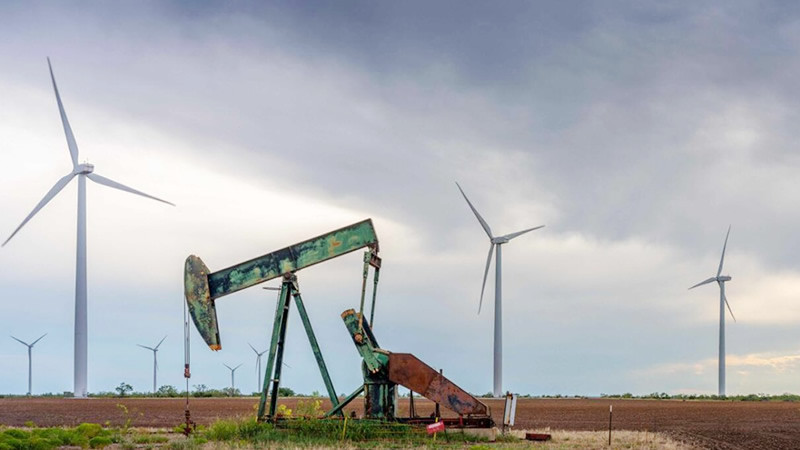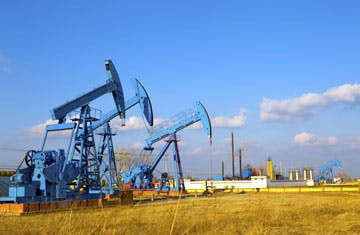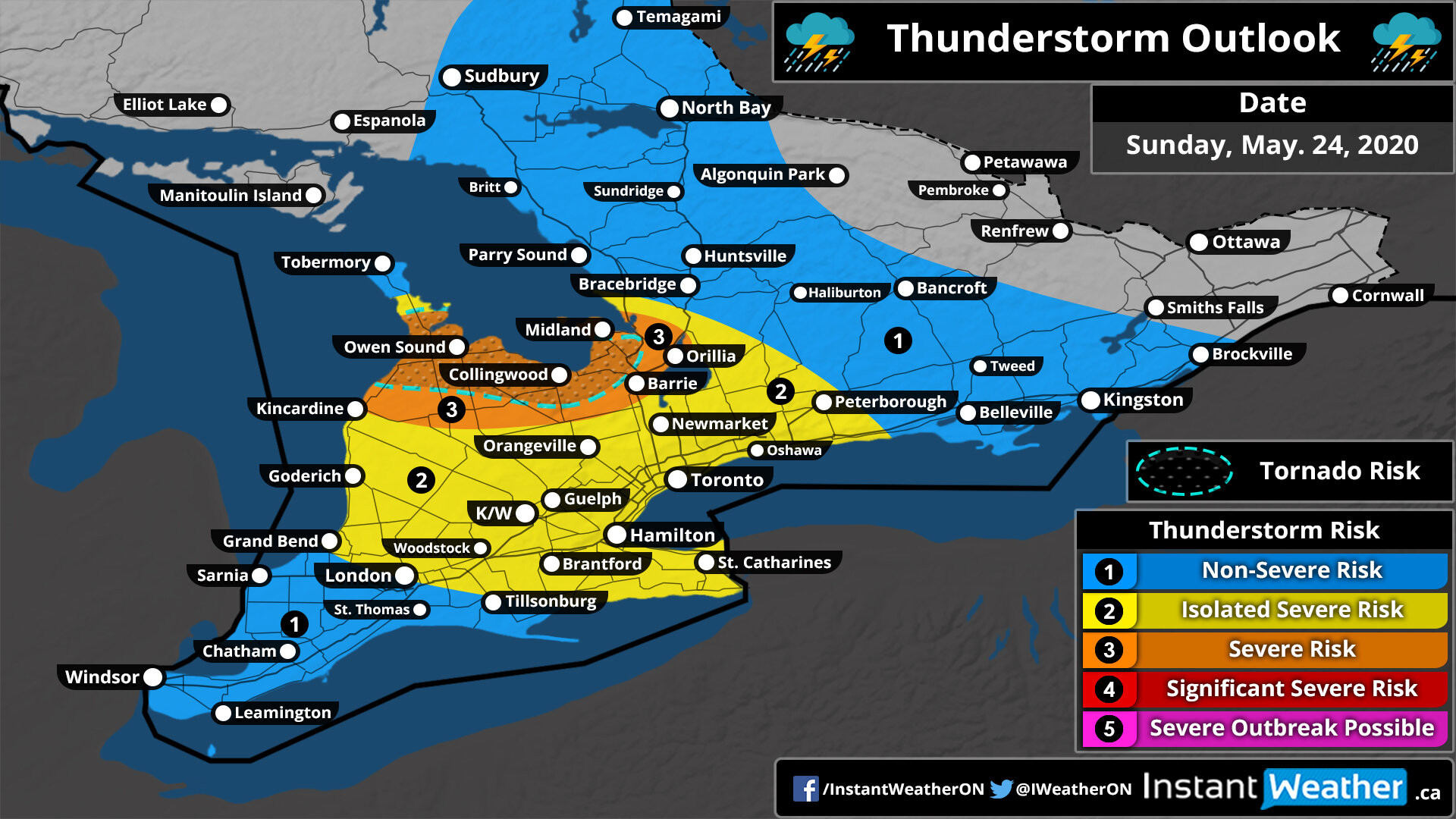The US Energy Information Administration (EIA) has implemented a new model for forecasting crude oil and natural gas production from the US Federal Offshore Gulf of Mexico (GOM) in its Short-Term Energy Outlook (STEO). This new approach combines analysis of well-level historical production data with upcoming field developments, offering a more detailed outlook for the region. The EIA's shift to modeling production at the well level has improved representation of production dynamics from both existing wells and new developments, leading to a better assessment of infrastructure downtime on GOM production and more robust analysis of factors that influence regional production trends. These changes were first implemented in the August 2024 forecast.
The EIA's model also incorporates new qualifiers to group wells according to the floating production units (FPUs) associated with each well, field, block, and formation. This grouping capability facilitates more granular analysis of production limitations such as platform-level production capacity and planned maintenance events. By characterizing production by formation, the EIA can analyze production trends by formation and gain insight into the effects of future developments.
GOM Production Projections
In its latest outlook, The EIA projects that 1.8 million barrels per day (b/d) of crude oil will be produced in the GOM in 2024 and 1.9 million b/d in 2025. The EIA expects GOM natural gas production to average 1.8 billion cubic feet a day (Bcf/d) in both 2024 and 2025. These projections indicate a relatively stable production outlook for both crude oil and natural gas from the GOM.
Deepwater Dominance
The Federal Offshore portion of the GOM accounts for approximately 97% of all US Outer Continental Shelf (OCS) production. This is because some GOM production falls within state maritime boundaries. The crude oil and natural gas forecast volumes for the Federal Offshore GOM are located in the Western and Central Planning Areas, as defined by the Bureau of Ocean Energy Management (BOEM).
As of September 2024, BOEM managed over 2,300 active oil and natural gas leases on approximately 12.5 million acres in the Federal Offshore GOM. The majority of these leases are in the Central Planning Area, directly south of Louisiana, Mississippi, and Alabama. Deepwater wells dominate GOM production. In 2023, approximately 94% of GOM crude oil production and 80% of GOM natural gas production came from deepwater wells, as defined by BOEM, where water depths are greater than or equal to 1,000 feet.
Deepwater crude oil has been the primary contributor to the rise in GOM crude oil production since the mid-1990s and has accounted for the majority of total GOM production since 2000. Most deepwater fields are crude oil fields because deepwater natural gas reservoirs have been considered uneconomical to develop. This has led to a decline in GOM natural gas production, as production has shifted to deepwater fields, with most of the natural gas production coming from associated natural gas production (production of natural gas from crude oil fields).
Modeling Production at the Well Level
The EIA forecasts GOM crude oil production from existing wells using automated decline curve analysis on all actively producing wells. Decline curve analysis is a method that forecasts future production from individual wells using data from existing wells. The EIA's model utilizes well-level historical production data from the Bureau of Safety and Environmental Enforcement (BSEE) for over 3,000 wells, as well as each well's expected decline. This is a departure from the previous approach, which relied on field-level averages.
New Fields and Technological Advancements
The EIA bases its GOM crude oil production forecast from newly developed fields and fields that have not yet begun producing on publicly available information from operators. This information includes anticipated timing and magnitude of production, ramp-up of production, and plateau rates. Operator information often includes FPU production capacity limits and expected resource recovery estimates.
The EIA projects that 12 new fields will start production in the GOM during 2024 and 2025. Seven of these fields will be developed using subsea tiebacks, or underwater extensions to existing FPUs at the surface. The remaining five fields will produce from four new FPUs, with one of the new FPUs (Salamanca FPU) targeting production from two fields. The EIA estimates that fields starting in 2024 will contribute 22,000 b/d of crude oil production in 2024, and fields that start production in 2024 or 2025 will contribute 231,000 b/d in 2025 as additional production comes online and ramps up.
Three new subsea tiebacks began producing earlier this year: the Rydberg field (February tieback to the Appomattox platform), the Winterfell field (July tieback to the Heidelberg platform), and Pickerel (July tieback to Tubular Bells). The EIA expects these tiebacks combined will contribute an average of 11,000 b/d in 2024 and 42,000 b/d in 2025 after ramp-up.
Technological advancements in high-pressure and high-temperature drilling and production equipment, along with subsequent BSEE guidance and regulatory approval, enabled the production of deepwater resources starting in 2019. These advancements have aided the development of deepwater projects in formations in the Lower Tertiary/Paleogene and Upper Jurassic Norphlet play.
The Future of GOM Production
The largest field expected to come online at the end of 2024 is Whale, which will produce from a new FPU of the same name. Whale is expected to produce around 85,000 b/d, after ramp-up, in 8,600 feet of water. Other subsea tiebacks and facilities are expected to enter production in late 2024 and 2025, with a combined production potential of more than 56,000 b/d in 2025. This includes Dover, Ballymore, Castille and Leon, Sunspear, Shenandoah, and Colt (Buckskin South).
Associated Gas Production
The natural gas produced in the GOM is predominantly associated gas, or natural gas that is produced from crude oil reservoirs. The EIA's GOM natural gas production forecast is largely based on a ratio to crude oil production. For each well, the ratio of natural gas to crude oil produced, known as the gas-oil ratio, remains relatively constant. The EIA averages the previous six months’ gas-oil ratio for each well and applies this average to the well’s crude oil forecast to determine natural gas production.
The EIA expects the new fields of 2024 and 2025 will contribute about 15 million cf/d of natural gas production in 2024 and 173 million cf/d in 2025. The gas-oil ratio for total GOM production is expected to average about 1.0 million cubic feet of natural gas per thousand barrels of crude oil in 2024 and 2025.
Impact on Energy Markets
The EIA's forecast of flat oil and natural gas production in the GOM could have implications for energy markets. The GOM is a significant source of oil and natural gas for the United States, so any changes in production levels could affect supply and prices. This could lead to an increased reliance on imports or the development of alternative energy sources.
A Closer Look at New Developments
While the overall production outlook for the GOM may be stable, it's important to note that the region is experiencing a number of new developments. These developments, such as the new fields coming online and the technological advancements in deepwater drilling, could have a significant impact on future production levels. The EIA will continue to monitor these developments and update its forecasts accordingly.
Conclusion: Navigating a Changing Energy Landscape
The GOM faces a dynamic energy landscape, with new developments and technological advancements contributing to a more detailed and nuanced picture of future production. The EIA's new model and analysis, combined with ongoing monitoring of developments, will provide valuable insights into the future of oil and natural gas production in this key region. As the energy sector continues to evolve, understanding the trends and challenges facing the GOM is crucial for navigating a changing energy landscape.


















